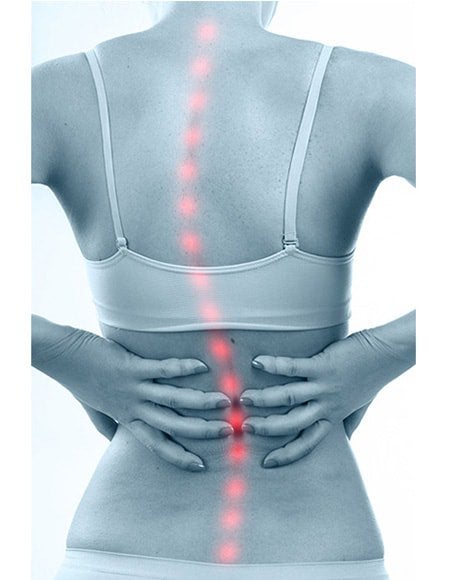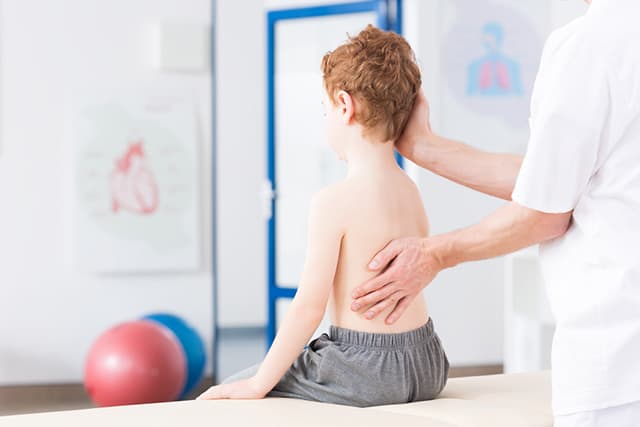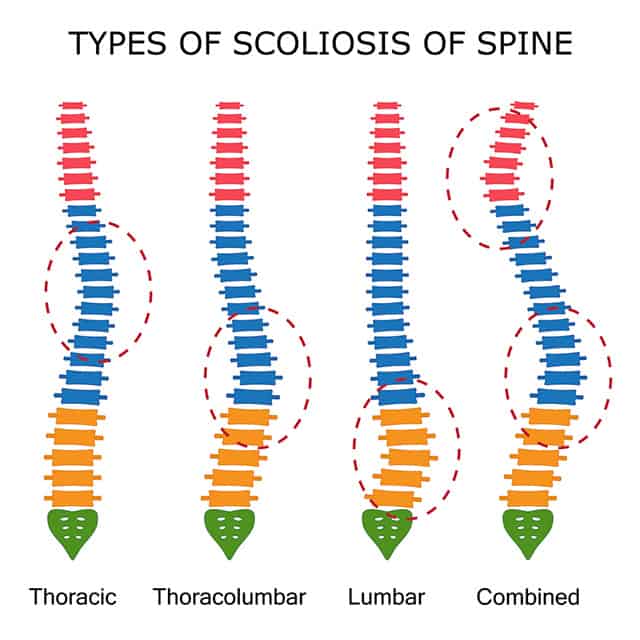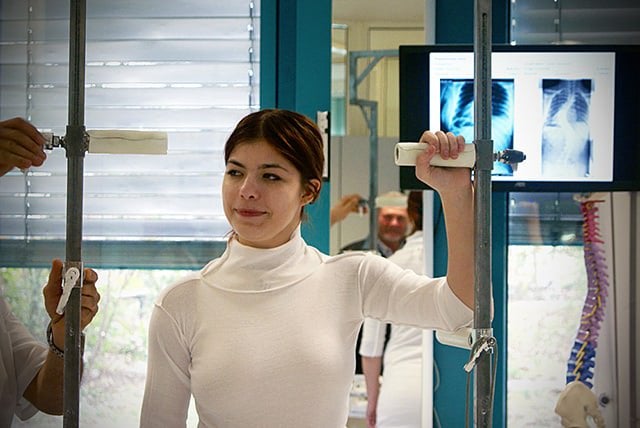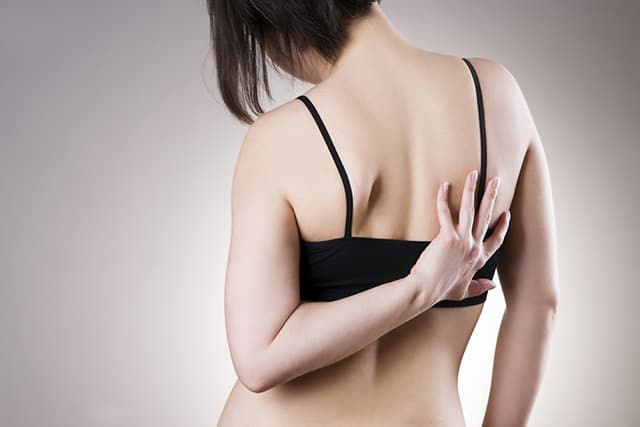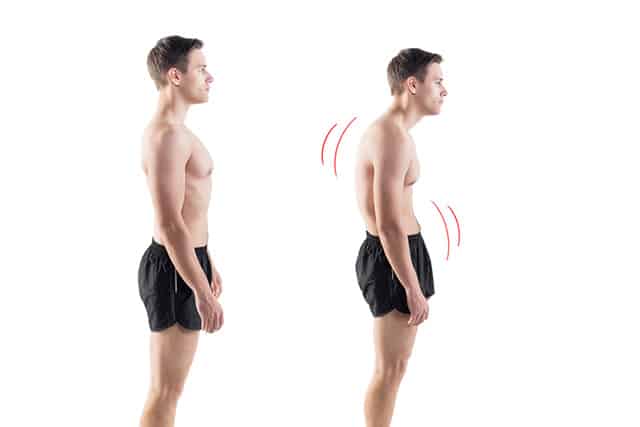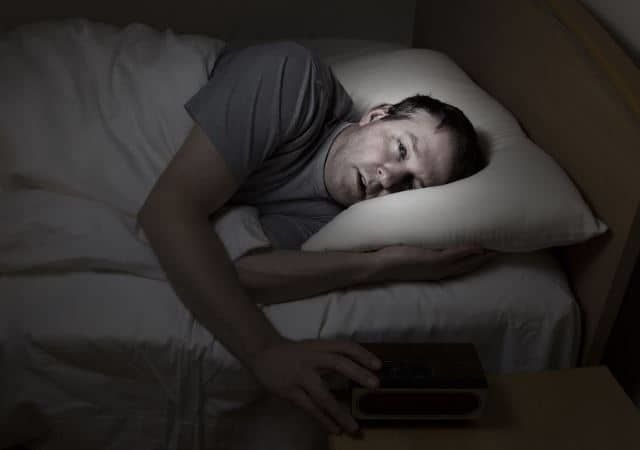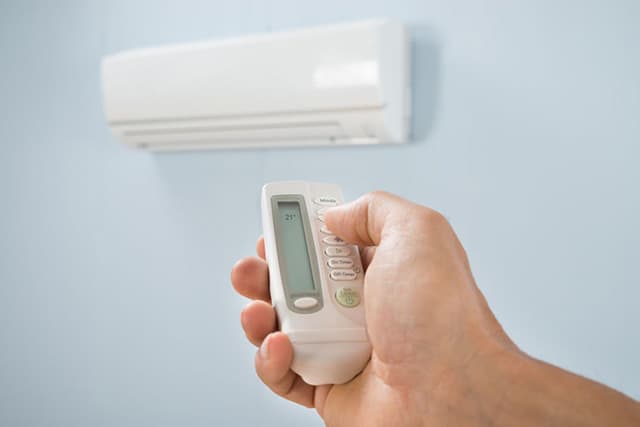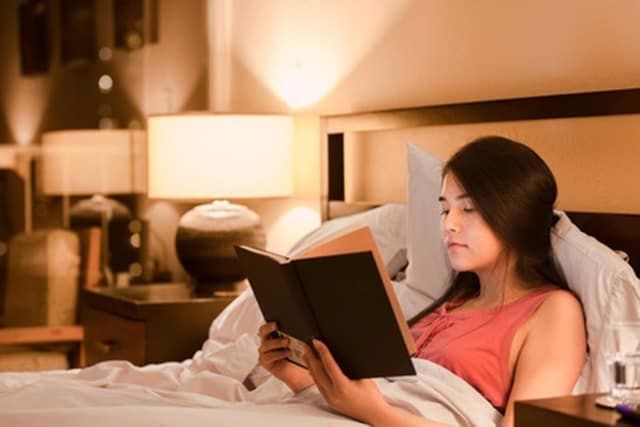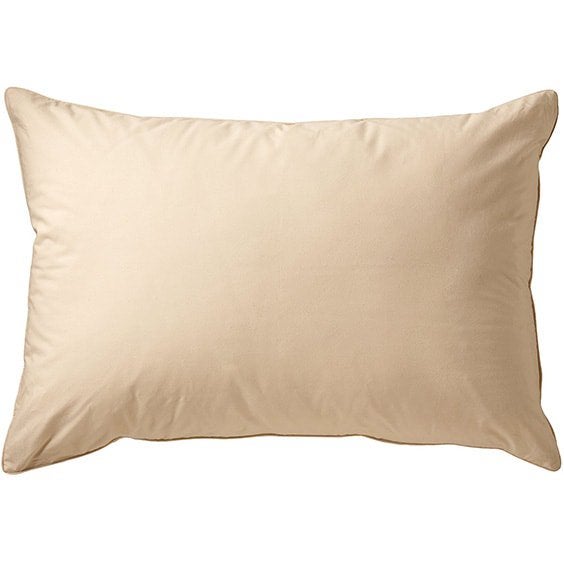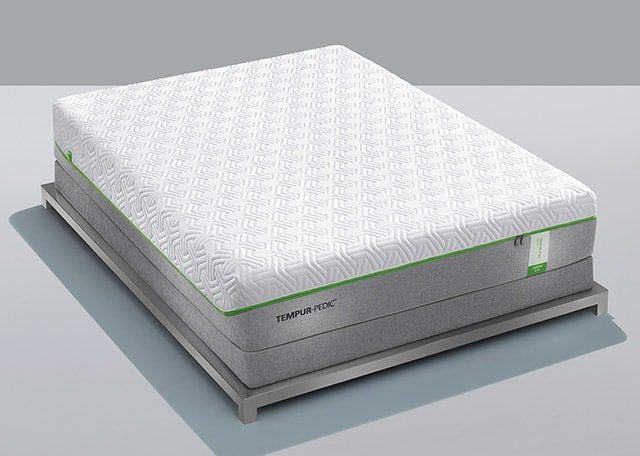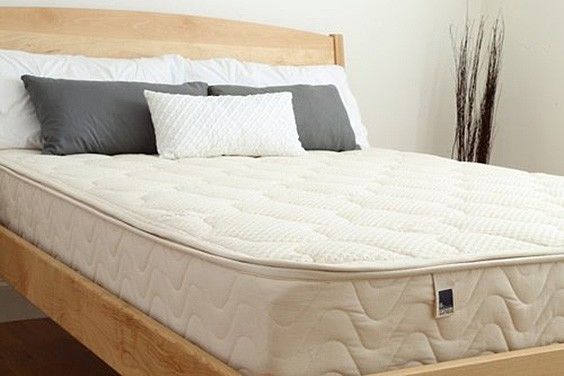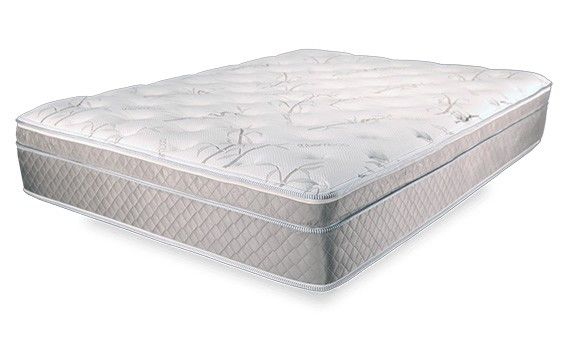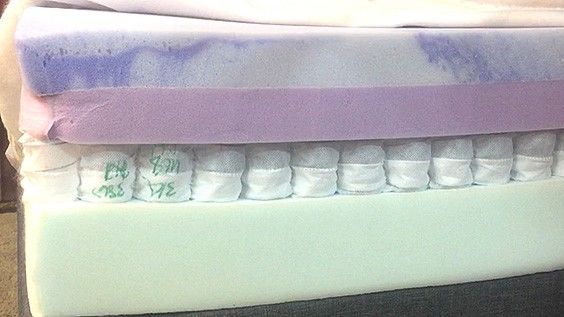Staying healthy, active, and sleeping regularly and efficiently seems to be a chronic problem amongst most adults within the modern western world and it is only getting worse. Add a disorder or an ailment and your well being just may seem impossible.
Staying healthy and maintaining a normal day-to-day is feasible, even with chronic pain that stems from a diagnosis such as Scoliosis. In this article, we’ll discuss some of the basics you may already know about, but are good reminders nonetheless. We’ll also go into some information on the best type of mattresses for scoliosis as well as other sleep products that may just be the right fit for you.
What is Scoliosis
Scoliosis is a curvature of the spine which usually happens during a growth spurt during childhood. Most cases are mild and barely noticeable from an outside perspective. Some may notice uneven shoulders, one shoulder blade more prominent, an uneven waist, or uneven hips.
In severe cases, the trunk of the body my shorten preventing the lungs from functioning properly. Scoliosis can continue to get worse and the spine may twist as it also curves rotating one side of the rib cage, causing it to stick out of the body more noticeably.
However, moderate or severe cases only make up approximately 10% of the scoliosis population, leaving the mass majority without the need of treatment all together.
Causes of Scoliosis
The cause of the most common types of Scoliosis are relatively unknown unfortunately. As scoliosis does have strong hereditary foundation, most professionals will look to family history for a diagnosis start.
Less common types of Scoliosis are founded in reasons such as:
- Neuromuscular conditions such as cerebral palsy
- Birth defects affecting the development of the bones of the spine
- Injuries to the spine
- Infections of the spine
Scoliosis usually begins with a growth spurt before puberty, thus it affects boys and girls in childhood. It can develop anywhere from infant to adolescent.
Curves of Scoliosis
Different curves can form in the spine creating different points of interest for purposes of health and wellbeing such as treatment and sleep. Knowing where your curvature is will give you good opportunity to know exactly how your body is functioning and just how to compliment it while you’re trying to manage basic functioning like sleeping.
- If your curve is the right at the upper back you have a Right Thoracic Curve.
- A curve to the right starting at the upper back and ending in at the lower back you have a Right Thoracolumbar Curve
- A Lumbar Curve is one that bends to the right and starts and end at the lower back.
- A Double Major Curve is one that has one curve to the right and a second to the left, (usually at the top for the former, and bottom for the latter). This curve, though more extreme, will actually be less visually noticeable because of the balance it will create in the body.
How is Scoliosis Diagnosed & Treated
Usually signs of the disorder will appear and the doctor will monitor the spine via x-ray on a regular basis to keep track of the curvature of the spine. Your doctor will monitor your curve over time and watch you for more growth and progression in your spine.
After puberty has leveled out, the curvature of the spine should stop progressing. If you or your child has a moderate curve and still has a ways to go, a brace may be prescribed.
The brace will most likely be made with plastic, and is worn day and night. They are lightweight, invisible under clothing, and can be worn during most activities. The more time it’s worn, the better effectiveness it has.
For severe cases Spinal Fusion surgery will most likely be recommended. Today’s surgery leaves the patient with better mobility by fusing less vertebrae together than surgeries of the past.
Children with severe cases may have a rod connected to their spine to help it straighten as it grows. The rod is then lengthened about every six months to grow with the child.
The Pain of Scoliosis
Because most cases are hardly visibly noticeable, the effects are normally quite low with having Scoliosis. However, there are cases of physical and mental symptoms of the disorder.
As noted before, some cases do cause an unevenness of the body, which can lead to an uneven walk or posture. This creates a compensation relationship between muscles which are more likely to also be uneven from one side of the body to the other, weaker muscles will tire easier, leaving stronger muscles to overcompensate and be sore.
The possible twisting of the spine can create a shortening effect of the trunk, leaving less room for the lungs to fully operate. This can also cause the cardiovascular system to be less efficient, less room in the chest means the heart can’t operate as needed.
Though pain isn’t directly related to the curvature of the spine, the spine disorder causes muscles around it to spasm creating the back pain that many Scoliosis patients are used to.
Further, because this disorder develops in critical social years, self esteem is usually a victim of moderate to severe cases. With the limited mobility, uneven body posture, less effective body functioning, extra medical treatment, and the judgements of social groups it may be difficult for some to feel like they fit in causing depression.
Taking Care of You
Having chronic pain and constantly being uncomfortable is an experience not many can relate to, let alone empathize with. The struggle to wear “normal” clothes, partake in activities, or even sit or lay down with ease is, I’m sure, unfathomable until one must endure the challenge.
That’s why, gaining as much knowledge about your body and your differences as early on as possible is key. Understanding how your body moves and what it is limited to will give you a foundational understanding of not only how to live with the disorder but also how to thrive with it.
The Basics
There are certain things that just don’t mix with Scoliosis:
- Don’t wait to get treatment, because it may take quite a long time to diagnosis and then to see progression, the earlier it is caught the better.
- Limit texting, and other activities that have you hunched over and angled.
- Avoid activities like football, swimming, long distance running, trampolines, lifting and carrying heavy objects, and torso extensions.
Other things that will help with your diagnosis:
- Interventions and treatment options – make sure to give all options a really good opportunity to help you.
- Ask for help! There is no shame, and some chores just may be more pain (literally) than they are worth.
- Get nutritional support, chemical and vitamin deficiencies are common in those with Scoliosis. It is important to know what you’re lacking so you can compensate for it in other ways.
- Move in safe ways – soccer, dance, stretching, core strength – these are all great ways to safely move your body. Move in a way that is good for you, and move often!
Sleeping with Scoliosis
Melatonin is one of those deficiencies that is common in Scoliosis patients. Make sure your bedroom is a sleeping sanctuary. Do everything possible to create a peaceful place of rest and relaxation filled with very little stimulus that will keep your brain active and awake.
Make sure every light is off or covered. There should be as little light as possible to help the brain begin and continue to make melatonin.
Your bedroom should be cool, quiet, and dark. Optimally 60* to 68* F in most circumstances.
Find a bedtime routine. Eat dinner, drink a cup of tea, take a bath, read a little, tuck yourself in and drift away. The more consistent you are, the more your body and brain will activate signals that it is shutting down for the night and head straight into relaxation mode. And if you just can’t sleep, get up and try it again, don’t lay there in misery.
Some nice scents may do the trick, a little bit of lavender or other soothing essential oils in a diffuser will also help you relax and calm your mind.
Your Sleeping Position
It is key to note that…
- Find relief for you in how you sleep, lay, sit, and walk. The most important thing is being comfortable and able to relax.
- Sleeping in the “wrong” position won’t make your Scoliosis any worse, but it may make your symptoms worse. In the long run, it does matter how you feel and the long term effects posture has on your body.
Not every position is right for everybody in general, but one in particular is crucial to avoid when it comes to Scoliosis – stomach sleeper position.
The goal is to keep the spine as supported and as aligned as possible. When sleeping on your stomach it isn’t only turning your head and twisting your spine and it is also arches it out of alignment.
Find the position that is right for you, doesn’t cause you pain in the morning, doesn’t twist or flatten your spine, and also a position that uses gravity to help pull the curves of your spine in the opposite direction.
Use Sleeping Aids
Before using any aids to help you sleep, remember to speak with your medical professional to ensure you’re using them properly and that you’re using them in the right way for you and your body. Using an aid, even if it feels good, may pinch nerves, rotate the spine, or decrease blood flow.
Extra pillows or towels are an excellent way to aid in spinal alignment and comfort while sleeping and there are many different ways you can use an extra pillow that I’m sure wouldn’t occur to you right off the bat.
A Thoracic or a right leaning curve at the top of your spine can be relieved in several ways. If you’re a back sleeper, place a thin small pillow under your shoulder blades, in addition to a pillow under your head, to relieve pressure off the top of your back. If you sleep on your side, use a pillow between your legs and a rolled towel under your ribs.
For Lumbar Scoliosis, or the curvature at the base of your spine, try using a normal pillow for your head, a small rolled up towel at the base of your neck, and another pillow at the small of your back.
No matter what position you place your sleeping aids, make sure to always fidget and adjust as needed before falling asleep with them under your body weight to avoid any complications in the morning.
The Best Type of Mattress for Scoliosis
If you think about sleep as someone with Scoliosis, you know it is already difficult to obtain. You want to always keep the best sleeping arrangements in mind and make those a priority. Your mattress shouldn’t be any different.
You want to choose a mattress that is going to factor in everything you need from alignment to temperature.
Make sure to choose a mattress that is going to support your spine. Many styles of mattress will sag over time, generally when you stop sleeping well (or start sleeping worse in the case of Scoliosis) make sure to start mattress shopping again.
Take into account your sleep position, a firmer mattress with more support will probably work best for back (and stomach but see above) sleepers. While a softer foundation will be better on the pressure points of side sleepers.
Many mattress materials run warm, it’s just the nature of the beast of mixing materials. As temperature is a key factor in getting a decent night’s sleep, try to find a material blend that will breathe and will wick away heat.
Mattress toppers may be a good idea, but do your research! One too soft will be less supportive over time, the same goes for one that is too thick which may feel comfortable over time but will end up being less supportive as it relaxes.
Before choosing a mattress, make sure to do your homework. Not all beds are created equal and some may be deceptive at first, not necessarily in quality, more so just in what you need specifically for you.
Make sure to take advantage of the night sleep guarantee. Many brands are now offering up to 100 nights in home trial with returnable options if it doesn’t work out for you. This is ideal for those who need to trial run their mattress to really get to know it and how it works for them.
Prioritize
If you can’t find the Goldilocks perfect mattress that meets all your needs, make sure to prioritize what is important to you in a good night’s sleep. Maybe in order to sleep without pain, a warmer bed would be okay because you sleep with fans or keep the room cooler. Perhaps you usually sleep without pain, so a temperature technology mattress is what you’re looking for.
So many mattresses are customizeable now, with the right combination of aids and accessories it is almost a certainty you will find your perfect match. And with so many brands on the market, and more popping up all the time, one of them has to be best suited to your needs.
Money doesn’t always mean better either. Take the time to seek exactly what you’re looking for by talking to customers and mattress professionals, even medical professionals may have an opinion on which styles would best fit you.
In the End
This is an individualist game. Even though Scoliosis itself may be a large population, each and every spine is unique and what may work for one isn’t necessarily going to be best for another.
Doing what feels right to you and your body is of absolute necessity. Moving in the ways you need to move, treating in the ways you need to treat, and sleeping the way you need to sleep in order to stay as healthy and strong as possible is the bottom line.
What brings attention to certain issues or resolutions is most definitely community. The ability to talk within a group of like minded individuals who have known your pain and have gone through the ins and outs of it all is what will spark new insight, new problem solving, and new ways to cope with what otherwise could be a monotonous outlook.
So let’s talk, share your experiences and what has worked for you in the past. Even if it doesn’t work anymore, a suggestion could ease someone else’s uncomfortability even just for a night.
Have anything to add? Please feel free to comment, discuss, let’s learn from one another and grow as a community of sound sleepers.
